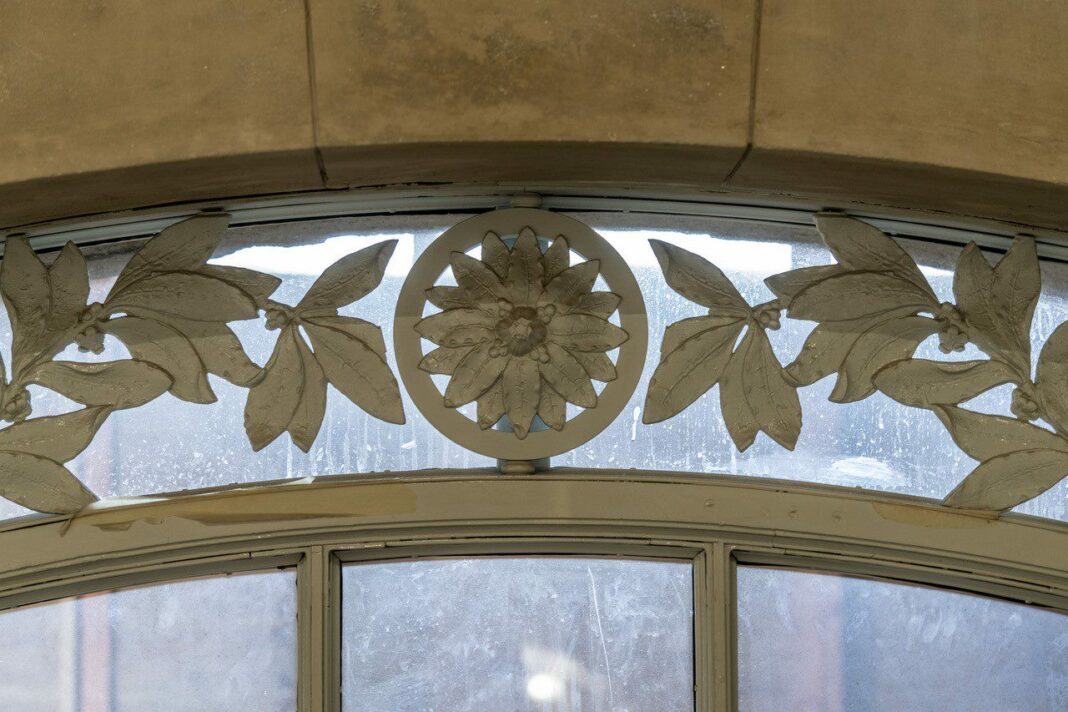Ford invests $350 million into the “Michigan Central Station”, which will ultimately host 5,000 employees.
Since 2018, it has been renovating the Michigan Central Station, a 1.2 million-square-foot innovation and mobility campus. The company is working with several organizations including Google to leverage the latest technologies for this renovation.
Multiple skill teams at Ford, including research and advanced engineering, Ford Land, manufacturing technology development, and non-destructive evaluation are leveraging their expertise in 3D computer-aided design processing, 3D scanning and 3D printing to re-create the detailed window elements, as well as a portion of the building’s ceiling tiles.
Those details include Beaux Arts-style elements from the 100-year-old former train depot such as rosettes and filigree that adorn arch windows along the north, east, and west sides of the building, as well as ceiling tiles.
According to the Michigan Central team, before the scans could be printed, they were reverse engineered by members of Ford’s non-destructive evaluation team using a CAD process that restores each scan to their original design. Scans of broken pieces were combined, and missing areas were redesigned. Others were made manifold, resized, smoothed and restored with various anchor points added in. Then, the manufacturing technology development team was able to print the rosettes and filigree at Ford’s Advanced Manufacturing Center in Redford Township, Michigan.
“Ford could have decided to just modernize Michigan Central Station, but they’re taking great efforts to make sure this thing really reflects the way this building looked and felt inside and outside,” said Harold Sears, additive manufacturing technical leader for manufacturing at Ford.
The thermoplastic polymer used for the new parts is much lighter, making for much easier installation than the originals. Recently, hundreds of the digital replicas were unveiled. Design modifications for the last three arch windows, for which new frames were built, are being finalized and will soon be in place. The majority of the circular rosettes are about 12 inches wide, while most of their branched filigree, which feature either laurel leaves or an oak leaf pattern, are about 26 inches long. Among the nearly 550 pieces are 20 variants of differing lengths and flower positioning, printed in six batches, each taking approximately three weeks between May and November. The pieces mark Ford’s first use of polymer additive manufacturing for architectural construction.
The original handcrafted window rosettes and filigree are matched as closely as possible through 3D scanning. Their color, Austere Gray, was selected following a study in collaboration with paint specialist Sherwin-Williams. The process helped determine the best match to the original color and the most appropriate color for the lighting.
The floral portions of the square 6.5-inch ceiling tiles in what were once the station’s adjoining tea room and reading rooms will be re-created and the ceiling will be painted Alabaster. The teams had considered printing the ceiling tiles in their entirety, but they were too large. The rest of the tiles will be created using glass fiber-reinforced gypsum, with the printed florets placed in the middle of each piece.
“This is not just a research and advanced engineering project – this is a collaborative project,” he said. “We made these parts in-house – Ford made these parts. Part of our drive as a company is to bring new technologies into production applications when they’re ready, and to always be innovating to find a better, more sustainable, safer way to bring things to fruition”, Bob Bedard, research and advanced engineering; states. “Bringing modern technology to the restoration of a 100-plus-year-old building is poetic, he added. “It’s a beautiful thing we could do that for this priceless landmark.”
Remember, you can post job opportunities in the AM Industry on 3D ADEPT Media free of charge or look for a job via our job board. Make sure to follow us on our social networks and subscribe to our weekly newsletter : Facebook, Twitter, LinkedIn & Instagram ! If you want to be featured in the next issue of our digital magazine or if you hear a story that needs to be heard, make sure to send it to contact@3dadept.com






